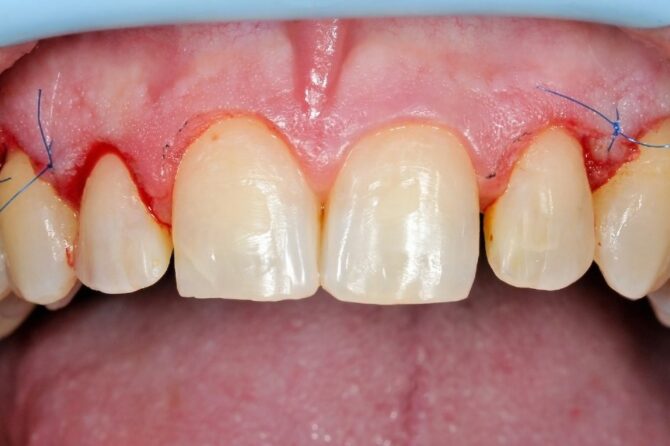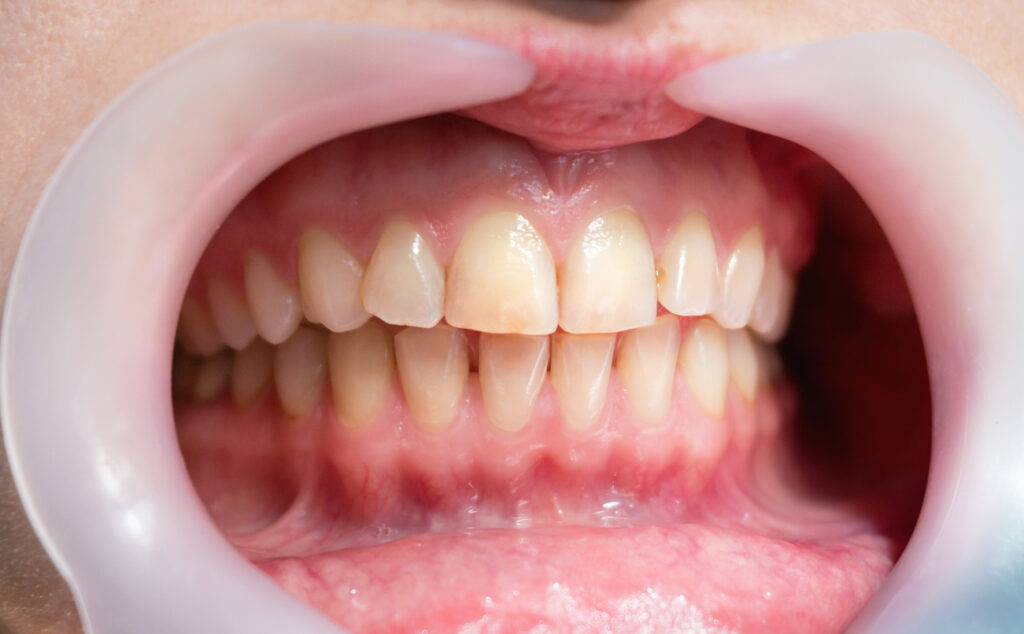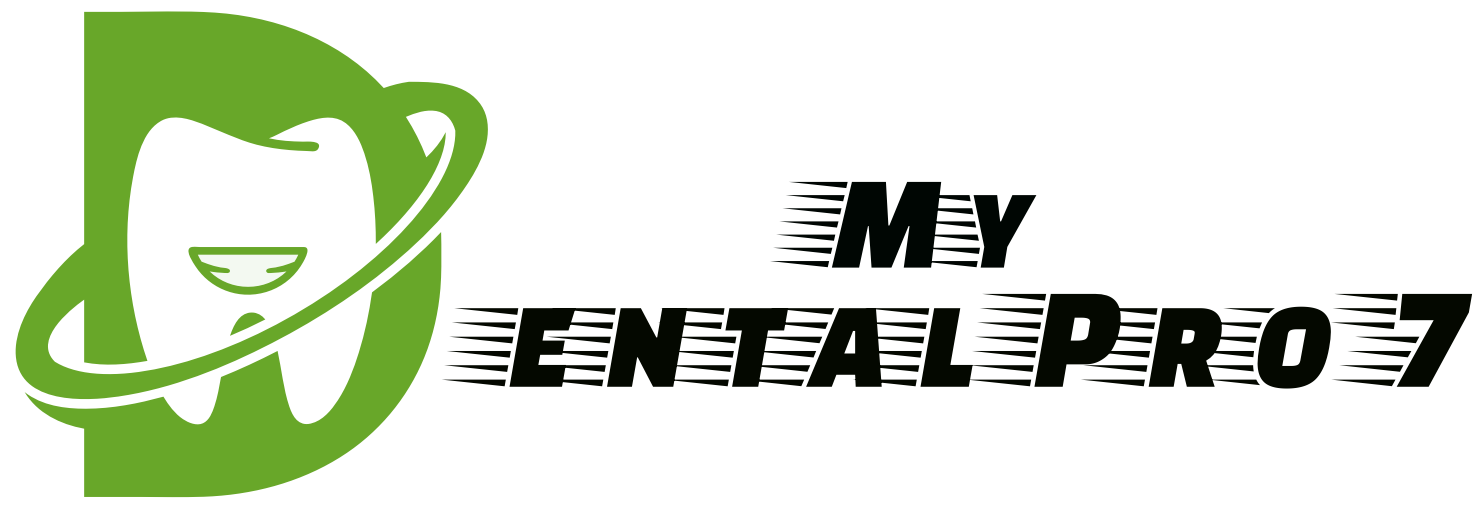
Gum Graft Cost Without Insurance
Why It’s So Expensive
Gum graft surgery can be expensive, especially if you don’t have insurance. But why is it so expensive? What exactly does the surgery involve? There are a few reasons why this procedure is so costly:
- The surgery is intricate and requires a lot of skill.
- The materials used for the grafts are also quite expensive.
- The recovery process can be lengthy and require multiple follow-up visits with your dentist.
This blog post will explore “gum graft cost without insurance” and what you can expect from the experience. We’ll also provide some tips on reducing your surgery’s cost. So, whether you’re considering having surgery or are just curious about the cost, keep reading!
The high cost of gum grafts without insurance
Good oral health is important for your overall health and well-being, but it cannot be easy to maintain if you don’t have dental insurance. If you need a gum graft and don’t have insurance, you may wonder how much it will cost.
Gum grafts are a type of periodontal surgery that is used to treat gum recession. Gum recession is when the gum tissue around the teeth starts to pull away from the tooth, exposing the root. This can happen for various reasons, including brushing too hard, using tobacco products, or having certain medical conditions. Gum grafts are usually done by taking tissue from another part of the mouth and attaching it to the gums around the tooth. This can help to cover the exposed root and make the gum tissue healthier. The cost of a gum graft without insurance can range from $500 to $3000, depending on the type of graft needed and where the tissue is taken from.
If you need a gum graft but don’t have dental insurance, there are a few ways to pay for it. You may be able to use a credit card, take out a personal loan, or use funds from a health savings account (HSA). You can also look into dental financing options, which can help you spread out the cost of the procedure over time. If you’re considering a gum graft, be sure to talk to your dentist about all of your options. They can help you decide if a gum graft is the right treatment for you and can give you an estimate of the cost.
Why are gum grafts so expensive?
Gum grafts are a common dental procedure, but they can be expensive.
- The first reason why gum grafts are so expensive is that they require specialized training and equipment. Your dentist needs special training in oral surgery to perform a gum graft. Additionally, your dentist will need to use special surgical instruments during the procedure. All of this specialized training and equipment adds to the cost of the procedure.
- Another reason why gum grafts are so expensive is that they are usually performed by oral surgeons rather than general dentists. Oral surgeons have completed an additional four years of training beyond dental school and often charge higher fees than general dentists. Additionally, oral surgeons typically work in hospitals or outpatient surgical centers, which adds to the procedure’s overall cost.
- The last reason why gum grafts are so expensive is that they often require the use of donor tissue. To perform a successful gum graft, your dentist will need to take healthy tissue from another area of your mouth and transplant it to the grafted area. This donor tissue usually comes from another part of your mouth or a cadaver. The use of donor tissue adds significantly to the cost of the procedure.
How to save money on gum grafts?
Schedule Your Appointment for the Off-Season
The first step to saving money on gum grafts is scheduling your off-season appointment. Many dental practices offer discounts for procedures scheduled during the summer or winter when business is typically slower. You can often save hundreds of dollars on your procedure by scheduling your appointment for an off-peak time.
Shop Around for a Dentist
Another way to save money on gum grafts is by shopping for a dentist. Many dentists specialize in periodontal surgery, so it’s important to compare pricing and services before deciding. Ask about payment plans and insurance coverage, as this can affect your overall cost.
Consider Dental Schools
If you’re looking to save money on gum grafts, you may want to consider dental schools. Dental schools often offer reduced-cost dental care for patients willing to be treated by students or residents. While you may have to wait longer for an appointment, the savings can be significant.
Get a Second Opinion
Before you commit to any periodontal surgery, getting a second opinion from another dentist is important. This will help ensure that you get the best possible treatment and that the recommended procedure is right for you. It’s also a good way to compare pricing between different dentists.
Ask About Discounts
Some dental practices offer discounts for patients who pay cash or agree to have their procedure performed during certain times of the day or week. Be sure to ask about any discounts available when you schedule your appointment.
Compare Financing Options
If you need financing to help pay for your gum graft, compare interest rates and terms before signing up for a loan. Many companies offer to finance dental procedures, so it’s important to shop around and find the best deal. You may also want to consider using a credit card with a low-interest rate or taking out a personal loan from a bank or credit union.
Check Your Insurance Coverage
Finally, check your insurance coverage before getting any dental work done. Some insurance plans cover periodontal surgery, while others do not. If your insurance plan does not cover gum grafts, you may still be able to get partial coverage if the procedure is considered medically necessary.
Alternatives to gum graft surgery
If your insurance doesn’t cover gum graft surgery, some alternatives exist.
- One method is to use an ozone solution to stimulate blood circulation in your gums.
- Another is to undergo root planing, which smooths out the teeth under the gum line. These methods help to rebuild the gum’s grip on the teeth and prevent plaque and tartar from accumulating.
- Another method of treating exposed tooth roots is using connective tissue grafts. These grafts are made by cutting a small flap in the roof of the mouth. The grafted tissue is then stitched around the exposed tooth root. This treatment takes just a few minutes per tooth.
- Another option is the Pinhole Surgical Technique, which involves a less invasive procedure that corrects gum recession. A periodontist uses special instruments to move the gums back into place. This technique is much less painful than traditional gum grafting, which means faster recovery and less discomfort.
Gum graft surgery is expensive. You should consult your insurer to see if your policy covers this procedure. If so, you can often cover a portion of your out-of-pocket costs. However, you will need to pay the rest out of pocket.
When is Gum Graft Surgery Necessary?
If you’ve noticed that your gums are receding, you may need to consider gum graft surgery. This type of procedure is performed to cover exposed roots and reduce pain. This procedure is also a good option if you’ve had to remove a large portion of your gum tissue due to tooth decay or brush too hard.

Before undergoing gum graft surgery, your periodontist will numb the surgical area using a local anesthetic. You may also opt for sedation to ease any anxiety you may have. During the surgery, your periodontist will cut a small piece of tissue and attach it to the affected area. Afterward, gauze is placed over the surgical site to allow the gums to heal properly.
This procedure is often required after a severe periodontal disease or gum recession. Without supporting gum tissue, your teeth will lose shape and become unstable. A gum graft can restore the appearance and prevent further damage to your teeth. Furthermore, the procedure can promote the continued growth of the gums.
Gum recession occurs slowly over time and can expose the roots of your teeth. If left untreated, this can lead to loose teeth and even tooth loss. The condition can also result in the loss of bone and gum tissue.
How to Maintain Healthy Gums Without Surgery?
Keeping healthy gums is vital to the health of your teeth. While most people focus on keeping their teeth white and shiny, gums protect them and are integral to our mouth’s beauty. A healthy gum tissue looks firm and pink and is a barrier against harmful oral bacteria.
Although many people don’t realize it, several natural treatments can help them achieve a healthy mouth. These include brushing and flossing daily and visiting the dentist regularly. Brushing and flossing are important to remove plaque and prevent it from turning into tartar, a highly damaging substance for your gums.
You can also use natural foods to keep your gums healthy. For example, ginger root is not usually thought of as a mouth-friendly food, but it contains anti-inflammatory compounds that help keep gum tissue healthy. Try using fresh ginger instead of the jarred kind. These natural remedies can improve oral health and help you maintain a healthy smile without surgery.
Surgery is an option for advanced cases of periodontitis or gingivitis. Advanced cases will require more invasive procedures, such as bone grafts, to restore lost tissue. The best way to avoid surgery is by brushing and flossing your teeth. This helps to prevent bacteria from building up around the teeth and gums. It also helps your body heal itself naturally by promoting healthy gum tissue.
We hope this article has helped clear up any confusion you may have had about the gum graft cost without insurance. As you can see, a number of factors contribute to the procedure’s overall cost. However, the good news is that there are several ways to save money on your gum graft, even if you don’t have dental insurance. We encourage you to talk to your dentist about your options and get multiple quotes before deciding on a treatment plan. With a little bit of research, you should be able to find a gum graft solution that fits both your needs and your budget.
